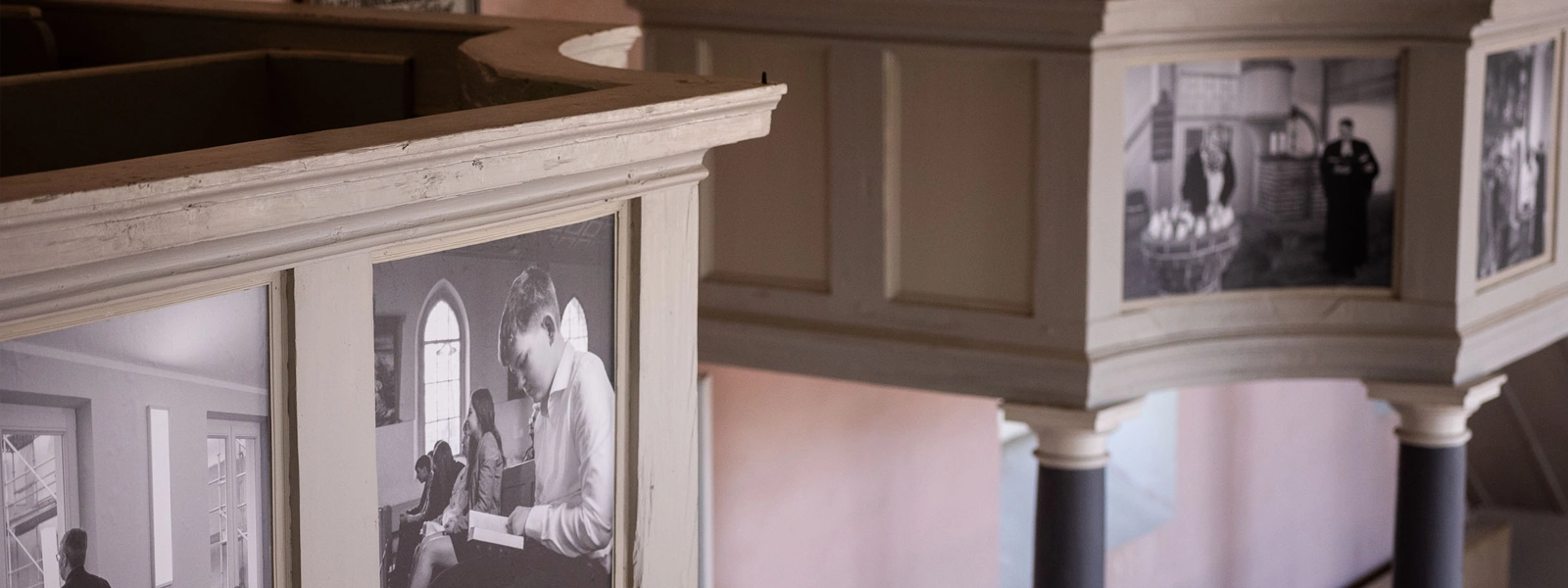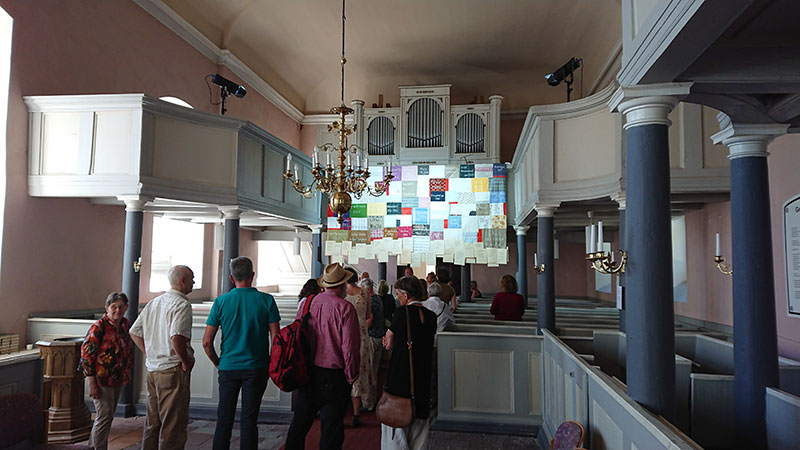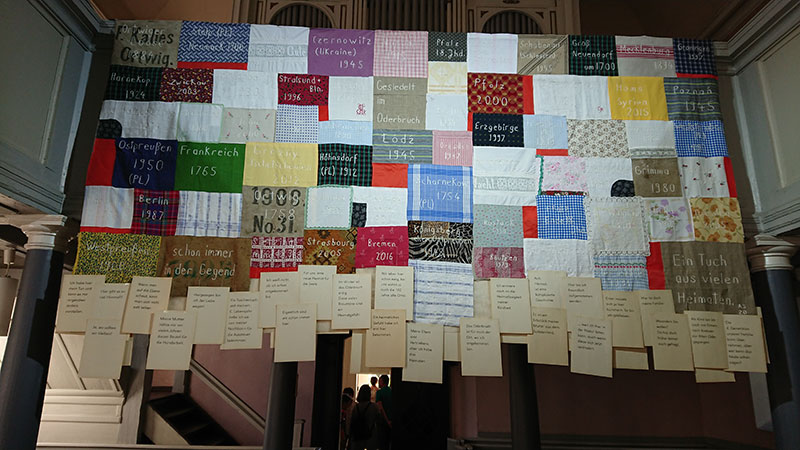
Church life in the Oderbruch
With an image study by photographer Michael Anker, excerpts from the surveys on the annual theme CHURCH 2024, views of the church heritage sites in the Oderbruch, audio and film material as well as plenty of reading material, we provide insights into current church life in the Oderbruch. The church was carefully renovated and furnished for this purpose by the Oderland-Spree Protestant church district.
The Altranft church has always been a daughter church of the Freienwald church, but the lords of the manor had held a patronage here for centuries, which is why Caroline Marianne von Marschall had the church now located here built in 1752. Inside, as is usual in manor churches, there is a patronage lodge.
Two churches had previously stood on this site: a half-timbered church (until 1607) and then a brick building, which, however, was dilapidated in the middle of the 18th century. The present hall church has been rebuilt several times, especially the neo-baroque tower and the interior, it got its present shape only at the beginning of the twentieth century. The church door and the pulpit altar are still preserved from the year of construction! The ceiling painting in the interior is from 1906 and shows the Ascension of Christ.
The history of the church's construction is currently being honored with a special exhibition in the castle's dining hall.
Room Archive



2020 - A cloth of homelands
The room installation "Ein Tuch der Heimaten" by Antje Scholz and Julius Breitenfeld in the Altranft church was dedicated to questions of arriving in a new landscape - then the Oderbruch has been a turbulent migration landscape for 300 years.
"Where are you and your families from? When did you move to the Oderbruch? Or has your family always been from here, did your ancestors live in one of the old villages in the Bruch before it was drained? That's what I'd like to find out, and to make clear the human richness of the landscape." So Antje Scholz had called on the people of the Oderbruch to donate her a piece of cloth that told of their origins. She embroidered the many small cloths with the places and times of origin and sewed them into one large cloth.
From this story of arrival, the view went to those people who came to the landscape through flight and expulsion. Julius Breitenfeld recorded memories of war refugees after the Second World War and connected them with reports of people who live in the Oderbruch today as refugees from Syria, Chechnya, Ukraine and Belarus.